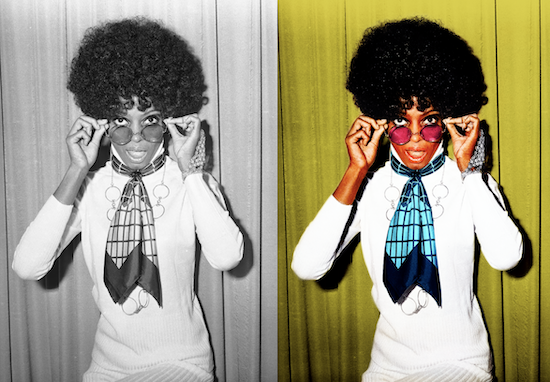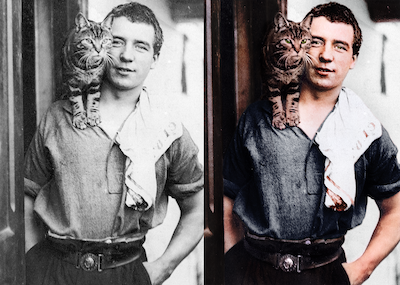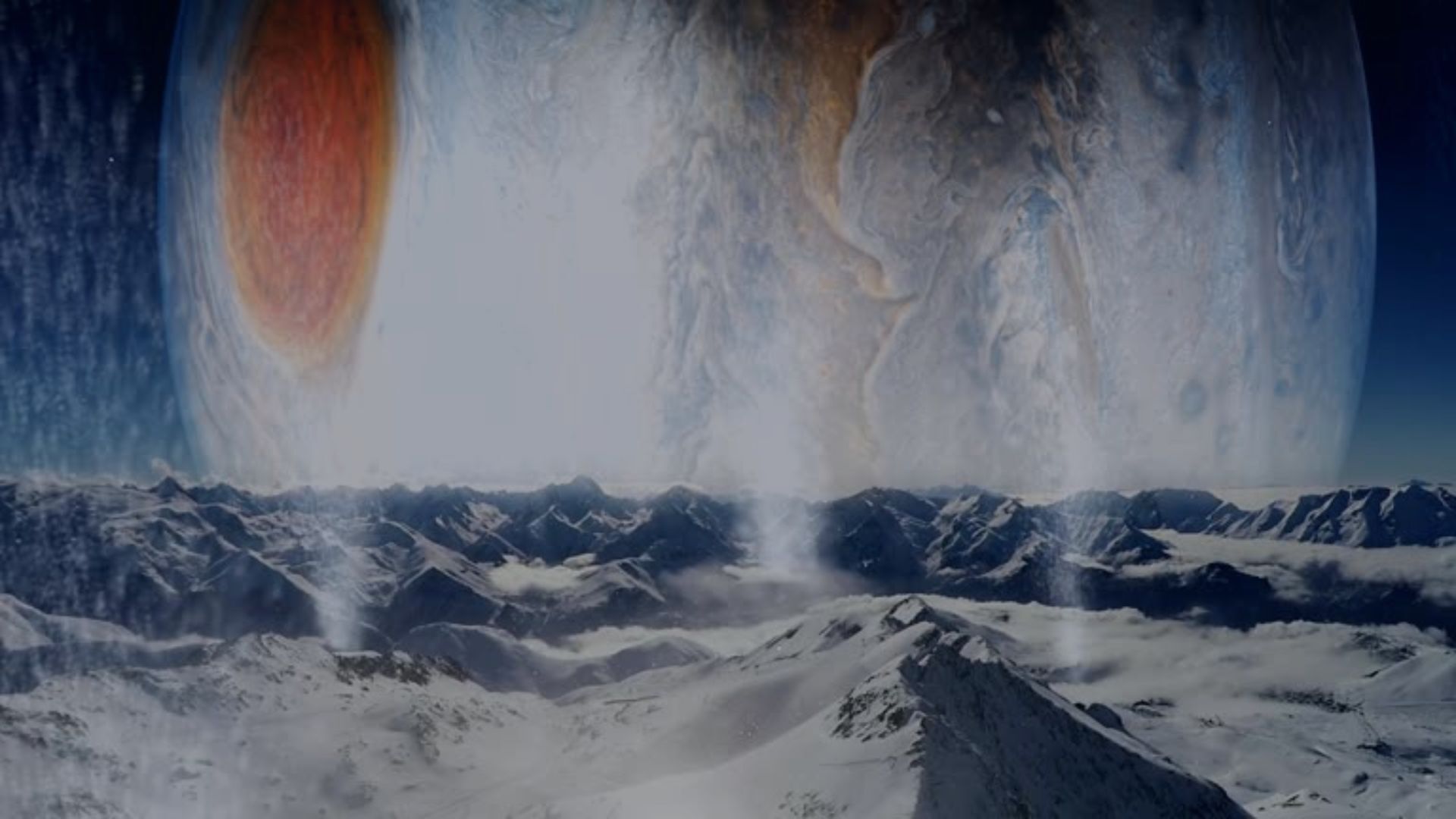Since starting at Little Dot Studios in January this year, I’ve had the opportunity to play around with colourising black and white images. Working as a Junior Content Editor across our History channel brands, it’s been a really useful and relevant skill that I’ve thankfully been given the space to explore. That includes having fun with some of my favourite mid-twentieth century portraits.
Photoshop has recently introduced some Beta AI features called "Neural Filters". One of these features is an automatic colourisation tool, however this is very far from perfect. It will never predict the actual colours of a specific flag, army uniform, or aircraft. Nor will it come close to producing a fully and evenly coloured image. But, it can be very useful as a starting point. What it does especially well is to determine a base tone for skin or hair. From there, you can build and blend layers of colour in a way that adds depth and vibrance. While not wholly reliable, the AI is capable of giving a fantastic head start on that process.

This type of work sparks conversations surrounding the ethics of colourisation, as well as the emerging popularity of 4K video upscaling. A group of disgruntled historians argue that tampering with an artefact “obscures” history. University College Dublin Professor, Emily Mark-Fitzgerald, says that “The problem with colorisation, is it leads people to just think about photographs as a kind of uncomplicated window into the past, and that’s not what they are.” They argue that adding colour, extra frames, removing dust and scratches, takes away from the original piece.
These historians are rightfully precious about preservation. They don't want the past rewritten or distorted. While this view can be appreciated, I think they're missing the point. History is always being rewritten and recontextualised. Filming or photographing anything in the first place is a distortion of reality and is by nature a fabrication.
For example, when watching an original archive clip of a snowball fight from France in 1896, I see a moment that feels very far away. There is a clear distinction that “they'' are “then” and “I” am “now”. It’s a fully valid and beautiful piece of film, but it’s dated technology can create distance between us. Watching archive clips as a child, I remember thinking how people from the past seemed to behave oddly, how they moved so quickly and erratically. I was not yet understanding the impact of frame rate and therefore couldn’t register their mannerisms as “normal”.
1896 was not lived in 16fps, nor was it lived in black and white. Just as 2021 is not lived in 4k or 60fps. Filmmaking then and now share a common desire to replicate the experience of human consciousness, and to pass it on. The filmmakers at the time had an intention of capturing that moment as accurately as possible, but they were limited in their technology, and therefore limiting our ability to relate.
Similarly, black and white photography is now used as a stylistic choice, where it was previously the only choice. While many photographs are more powerful in black and white and should probably just be left alone, some are only black and white because of their era’s limitations. Especially in the case of documentary photography or filmmaking (see right), the lack of colour is certainly not an artistic choice but a circumstantial one.

The process of creating a supplemental asset does not harm the original. Actually, it gives me a reason to view it in the first place. A lot of these restored images and films are obscure, buried in the archives, and only when they’ve been revitalised do I get the opportunity to enjoy them. It is also important to distinguish that these pieces are not being replaced. One thing the artists who do this type of work will always do is give you a look at the before and after. You will always see the original first, as the new asset is meaningless on it’s own. In the end, you will be awed at how much “then” begins to feel like “now”.

History is always evolving, and likewise the way we experience that history evolves, too. I agree with Professor Emily Mark-Fitzgerald that photographs are a complicated and imperfect window to the past. But, I also believe that lowering the barriers of understanding, allowing the window to be a window and not a wall, is a very important thing.




